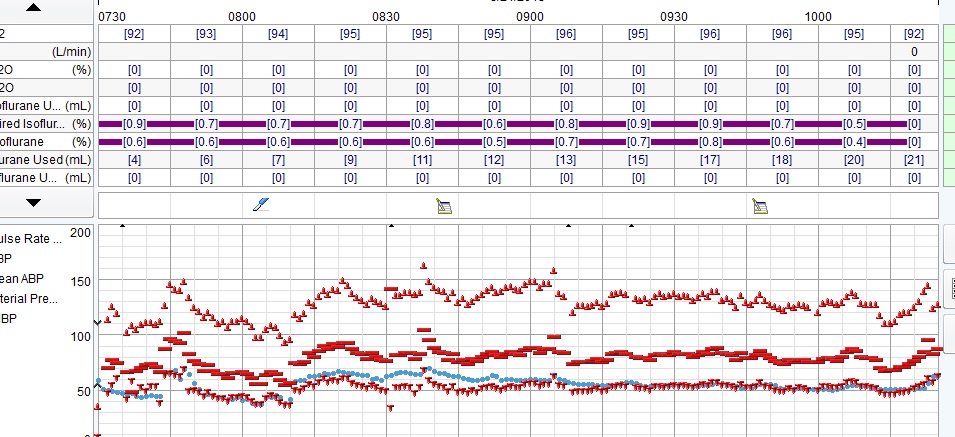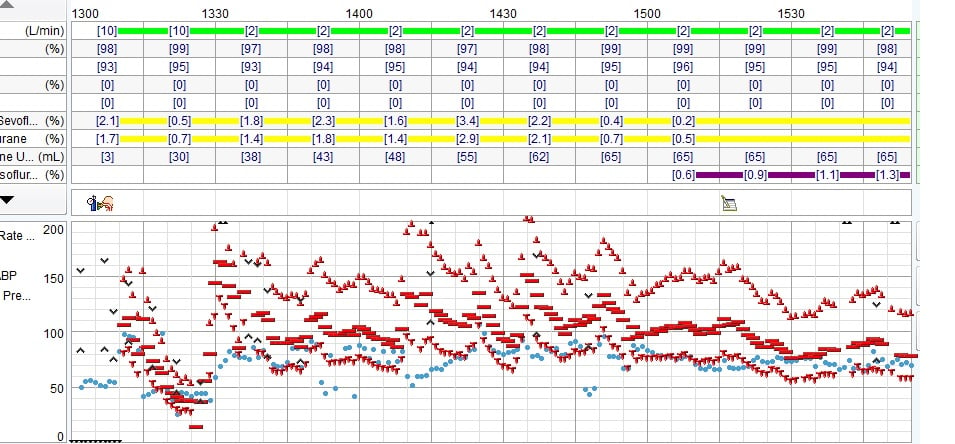I guess it depends on your definition of "loading up". I usually just bolus 50-100mcg cardene and turn up the remi for incision, but I think having a cardene infusion running around closure, extubation, and into the PACU is the way to go. I chart snipe a fair amount and I can guarantee you that it's not just my institution where the pt's MAP is through the roof when the tube is coming out. Sure, you can push a little labetalol before you roll out of the room and hope for the best once the patient is reaching PACU discharge criteria, but I think have a titratable order cardene infusion in the PACU has been the way to go for our patient population as far as keeping MAPs in the desired range, and for keeping the nurses and surgeons happy (i.e. not calling you every 10 min because their BP is out of parameter).
Most of our surgeons use shunts. And most of them are crusty old guys with FACS after their name.


